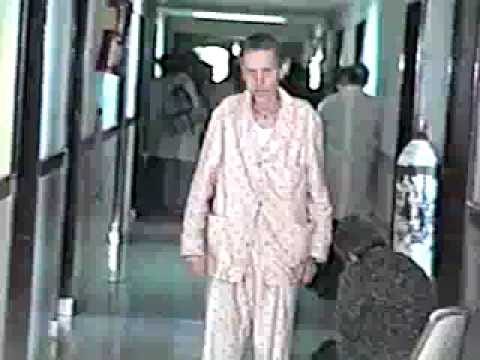Ataxia means disordered movement and usually refers to an unsteady gait.
Ataxia is also used to describe chaotic or in-coordinated limb movements; however, I personally don't like it being used in this context.
There are two types of ataxia; sensory and cerebellar. You may have heard of a third type of ataxia, vestibular ataxia. I view vestibular ataxia as being a form of cerebellar ataxia, as the circuits involved are functionally integrated.
Romberg's test is used to distinguish between the two types; a positive Romberg's test or Rombergism (increased body sway) is diagnostic of sensory ataxia.
Sensory ataxia occurs as a result of a larger fibre peripheral neuropathy, dorsal root ganglionopathy, posterior radiculopathy (sensory roots) and posterior column disease.
Tendon reflexes are lost with neuropathy, ganglionopathy and radiculopathy, but not with pure posterior column syndromes.
Please remember that gait ataxias are often mixed, i.e. both cerebellar and sensory. Examples of this are the spinocerebellar ataxias and multiple sclerosis, which can affect both the cerebellum and spinal cord.


